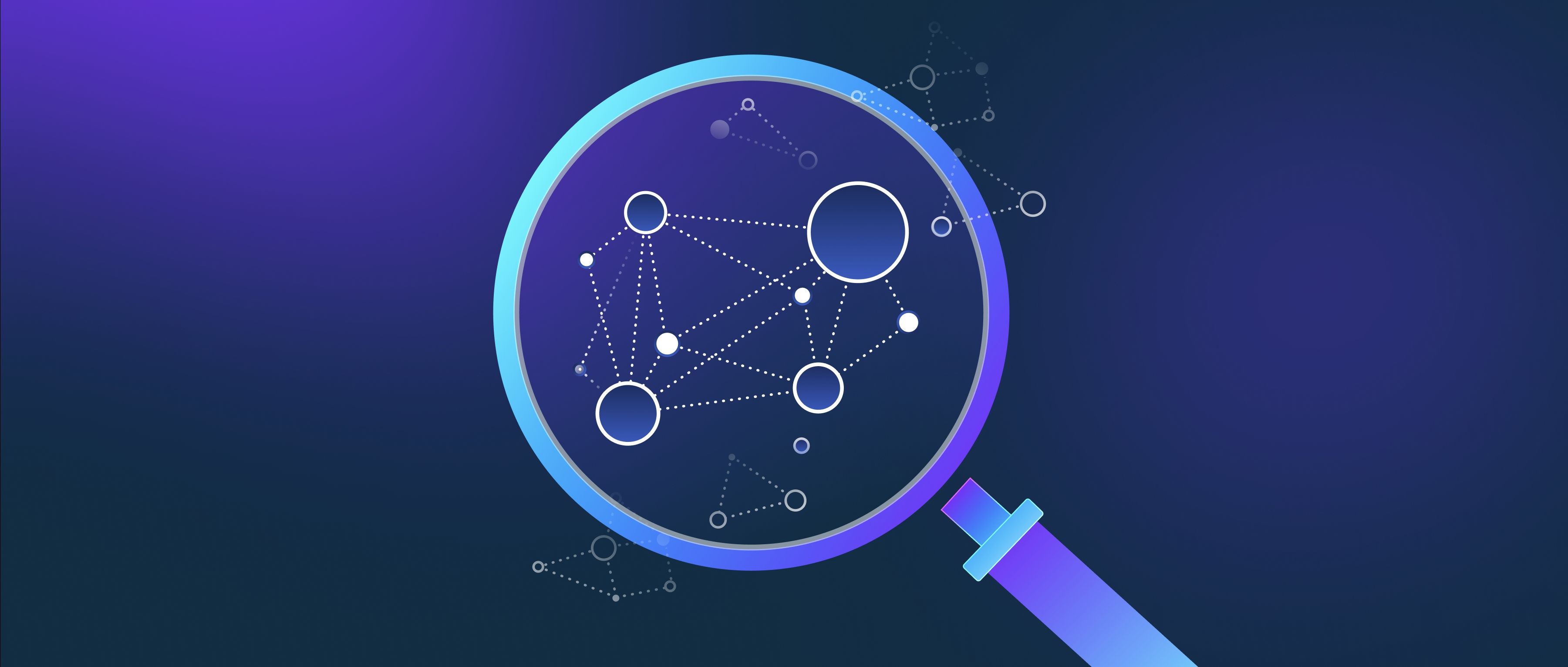Sentence Transformers enable AI systems to match resumes to job descriptions by converting text into numerical representations (embeddings) that capture semantic meaning. These models, like BERT or RoBERTa, are fine-tuned to generate dense vectors where similar sentences or phrases are closer in the vector space. For resume-job matching, the system encodes both the resume text and the job description into embeddings. By measuring the distance between these vectors (e.g., using cosine similarity), the system quantifies how closely the resume’s skills, experience, and qualifications align with the job requirements, even if the wording differs. This approach goes beyond keyword matching to understand context, synonyms, and related concepts.
The workflow involves preprocessing text data, generating embeddings, and calculating similarity scores. For example, a job description might require “experience with cloud platforms,” while a resume mentions “AWS and Azure deployment.” A Sentence Transformer model trained on semantic textual similarity tasks would recognize these as related, even without exact keyword overlap. The system can process entire paragraphs or bullet points, handling variations in phrasing or terminology. Additionally, models like all-MiniLM-L6-v2 or paraphrase-mpnet-base-v2 are optimized for efficiency, making them practical for large-scale matching tasks. Developers can use libraries like sentence-transformers to implement this with minimal code, leveraging pre-trained models or fine-tuning them on domain-specific data (e.g., tech job postings) for improved accuracy.
Practical considerations include handling long texts and domain specificity. Resumes and job descriptions often contain lists or fragmented sentences, which Sentence Transformers can process effectively. For example, a resume’s “Python, SQL, TensorFlow” under skills and a job’s “proficiency in programming for data analysis” would be mapped to nearby vectors. However, tuning may be needed for niche roles—e.g., distinguishing “machine learning engineer” from “data scientist” based on subtle differences in required tools or methodologies. By combining semantic similarity scores with rule-based filters (e.g., years of experience), developers can build hybrid systems that balance accuracy and interpretability, ensuring matches reflect both contextual relevance and hard requirements.
